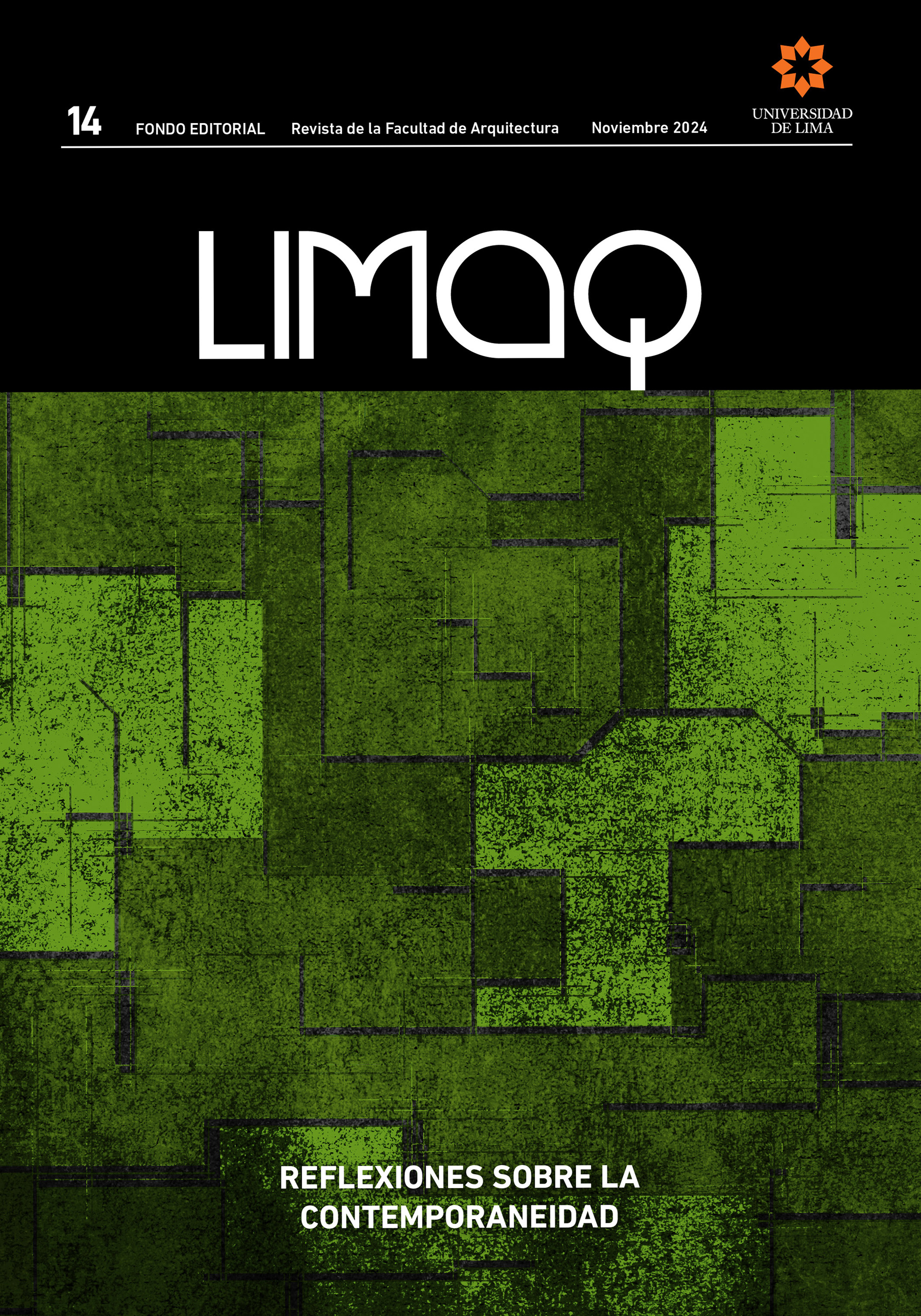Latin American architecture from the perspective of architect Claudio Caveri. Baroque connections to think contemporary narratives and dynamics
DOI:
https://doi.org/10.26439/limaq2024.n14.6932Keywords:
Baroque, Claudio Caveri, Latin American epistemology, modernity, transmodernityAbstract
What contributions might Latin America offer to contemporary architectural debates, and from what intellectual sources would these ideas arise? In the 20th century, questioning architecture’s ontology led some theorists to critique the fragile epistemology underpinning Euro-American modernity. One such figure was the Argentine architect Claudio Caveri, whose work helped to demystify the notion of the rational, enlightened individual. This essay explores the potential connections between Baroque theory and Caveri’s thought, analyzing his contributions to architectural and cultural theory. We will trace the links between Caveri’s ideas and Baroque theory while also engaging with the contemporary relevance of Latin American perspectives. In this context, we will draw on Enrique Dussel’s concepts of transmodernity and interculturality to examine how these theories shape the development of a distinct Latin American epistemology.
Downloads
References
Castro-Gómez, S. (2017). ¿Qué hacer con los universalismos occidentales? Observaciones en torno al “giro decolonial”. Analecta Política, 7(13), 249-272. https://doi.org/10.18566/apolit.v7n13.a02
Caveri, C. (1967). El hombre a través de la arquitectura. Ediciones Carlos Lohlé.
Caveri, C. (1974). Los sistemas sociales a través de la arquitectura. Comunidad del Sur.
Caveri, C. (2002). Una frontera caliente: la arquitectura americana entre el sistema y el entorno. Syntaxis.
Dussel, E. (2016). Transmodernidade e interculturalidade: interpretação a partir da filosofia da libertação. Sociedade e Estado, 31(1), 51-73. https://periodicos.unb.br/index.php/sociedade/article/view/6079
Echeverría, B. (2000). La modernidad de lo barroco. Ediciones Era.
Waisman, M. (1982). A la búsqueda de una arquitectura. Summa, 180.



